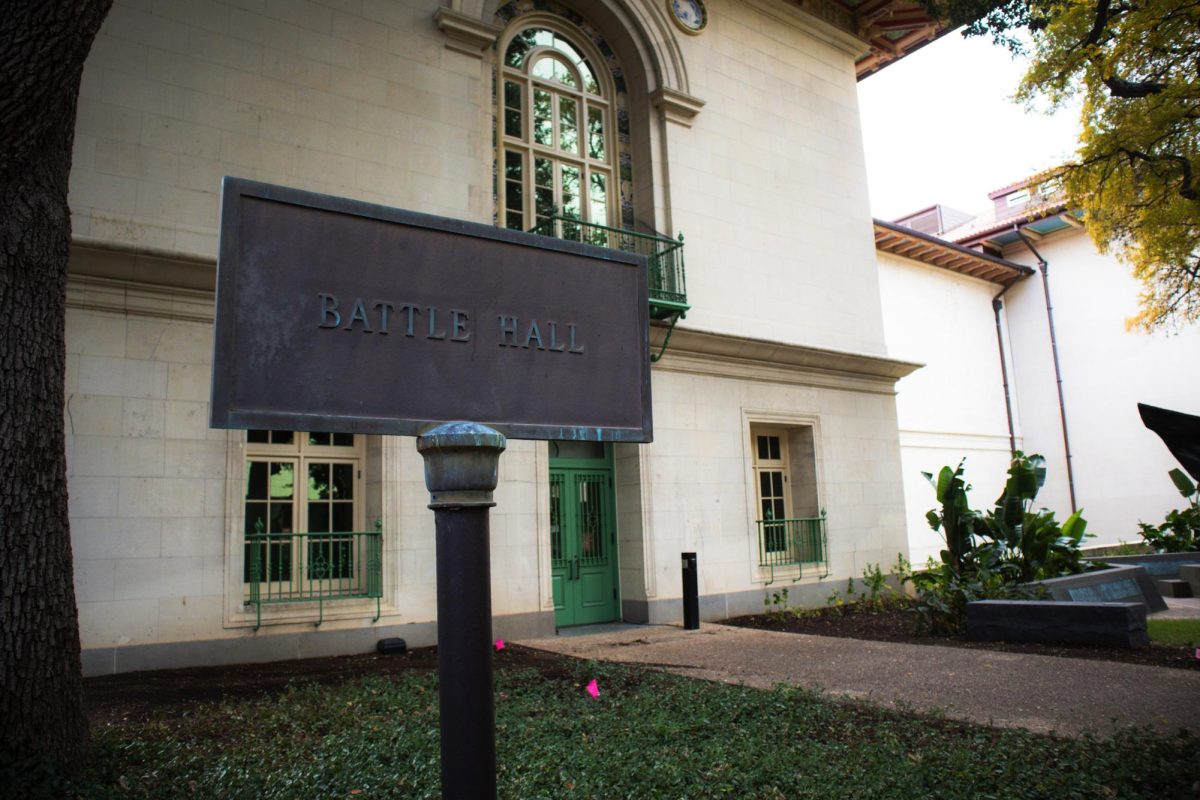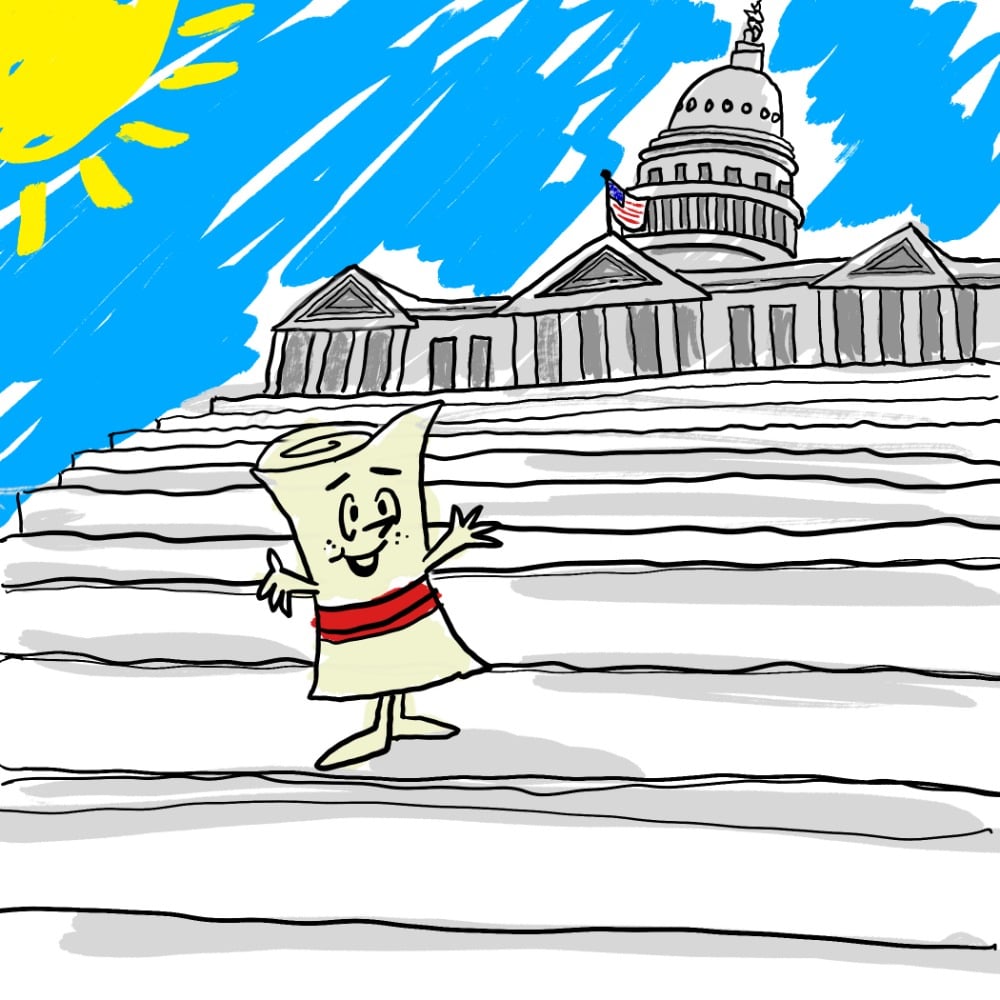A generative artificial intelligence guide and AI tutor are the University’s latest additions in its effort to promote ethical AI use on campus, UT announced in a press release late last month.
The new tools come after UT designated 2024 the “Year of AI” in January. The AI guide, published late last month, outlines University AI policies and recommendations. The tutor, part of the UT Sage initiative, is currently in testing. The University plans to make UT Sage available to students in the spring, said Julie Schell, director of the Office of Academic Technology.
Matthew Russell, an educational consultant in the Center for Teaching and Learning, said the center is finding ways to “embrace the potential” of AI and support students and faculty in using it. Russell, who helped develop the AI guide, said he’s seen increased interest from students and faculty since its release.
“Students, when they go out in the job market in a few years, are going to find that many of the jobs they really want to have are going to have some elements of AI involved,” Russell said. “We’re trying to help faculty get comfortable using these tools in the classroom and help students become really comfortable using them in their work.”
When released, UT Sage will allow instructors to customize a tutor to their specific course and teaching style. Students will be able to ask UT Sage questions and receive an output from the tool, similar to OpenAI’s ChatGPT.
“The concept of Sage is that it offers a way for educators to tailor the responses of the tutor in a way that would help students study … in a less general way than using something like ChatGPT or Copilot,” Schell, the assistant vice provost of academic technology said.
Schell said UT Sage is a response to Cengage polling released this summer showing 70% of students surveyed wish AI was integrated into their classrooms. A second poll found 28% of public four-year students surveyed were not sure about appropriate use of generative AI.
“We all (in the Office) only want to make sure that we’re putting (tools) in people’s hands that are AI responsible and AI forward,” Schell said. “We were very careful to make sure that we do testing and get feedback from students and from teachers before we roll something out.”














